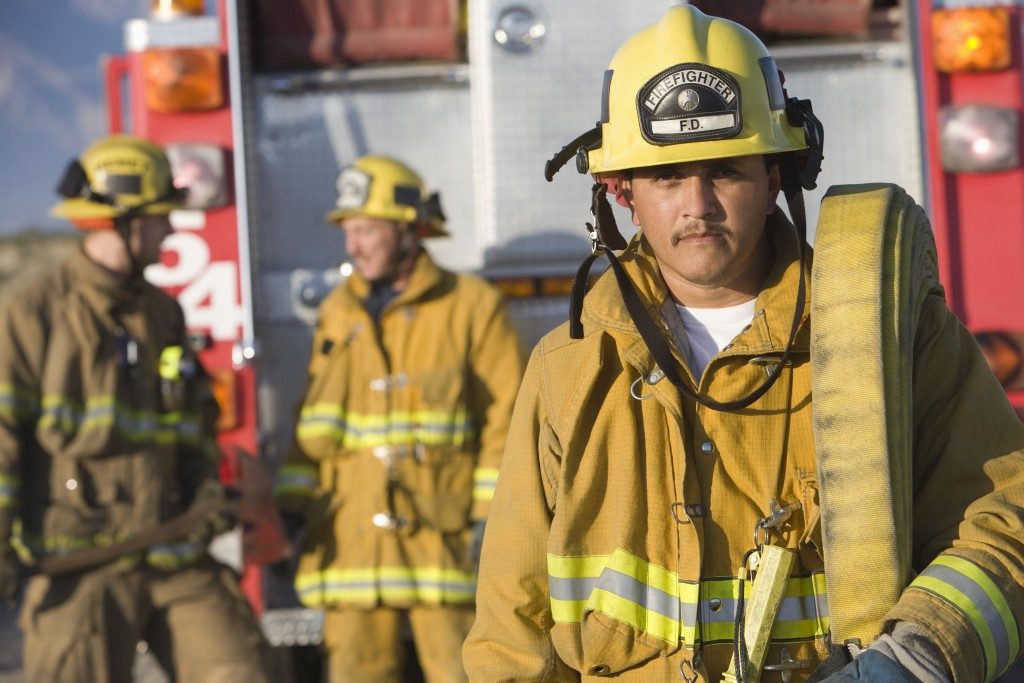According to the National Fire Protection Association (NFPA), firefighters respond to a distress call every 24 seconds. Although the percentage of incidents declined significantly since the 1970s, fire bureaus still responded to over 1.3 million calls in 2017. About half a million of these were structure fires while over 70% impacted the homes. Learn more about fire dangers and the steps that you can do to avoid it here:
What’s the impact of fire?
Fire costs both property and human lives. In 2017, more than 3,300 people died, and nearly 80% of these deaths occurred in home structures, according to NFPA.
According to the City of San Francisco, about 4,000 people can die of house fires each year while more than 1,500 can experience injury. Older people are more likely to perish from it than the general population. It’s not only the people or the animals that can die. So do firefighters. In 2005 alone, not less than 100 of them died while in the line of duty.
The risks of dying of a fire can also vary among states. Based on the data from the U.S. Fire Administration, Virginia has a relative risk of 1, which is similar to that of the general population. Alaska, meanwhile, has a much higher risk at 2.4.
Death from fire usually occurs when the person inhales the fumes or gases. These can result in disorientation, confusion, or sleepiness. If the person is asleep, they may not be able to wake up. The fire can also create thick smoke. It can develop darkness that makes seeing one’s way out tricky, if not impossible.
In 2017, property loss due to fires was worth $23 billion, which was a significant increase compared to the previous year. It already included the damages due to the Northern California wildfires.
What can one do to minimize the risks of fires?
Fires are preventable disasters. Here are some steps:
Let a professional inspect the electrical wiring.
Residential electrical repair services can double-check the quality of the installation. They can determine whether they are still up to standard. Otherwise, they perform the repair. This step is especially crucial for those living in old homes. There’s a good chance that the circuit is already dated. Nevertheless, new ones cannot be complacent. Overall, electrical fires remain one of the leading causes of disasters in the home.
Don’t play with fire—literally.
Besides electrical equipment or circuitry, two of the other causes of fires are candles and smoking materials. According to NFPA, the risks of fire involving candles are high during special holidays such as Christmas or Hanukkah.
Smoking materials such as cigars, pipes, or cigarettes also caused over 17,000 house fires in 2014. These resulted in more than 500 deaths and 1,140 injuries.
Make sure the smoke alarm works.

A study published in the Western Journal of Medicine showed that at least 25% of the smoke alarms found in homes do not work. It might be due to a faulty system, which means a factory defect. In other cases, it’s because the owners forget to change the batteries or, worse, they choose to remove them because they find the sound annoying.
Smoke alarms have been saving lives ever since their introduction in the 1980s. For one, they can detect the presence of gases that can be invisible to the naked eye.
Fires can happen for many reasons, but in most of these situations, they are preventable. It means that a homeowner has all the power to protect themselves, their family, and property by taking the given steps.

